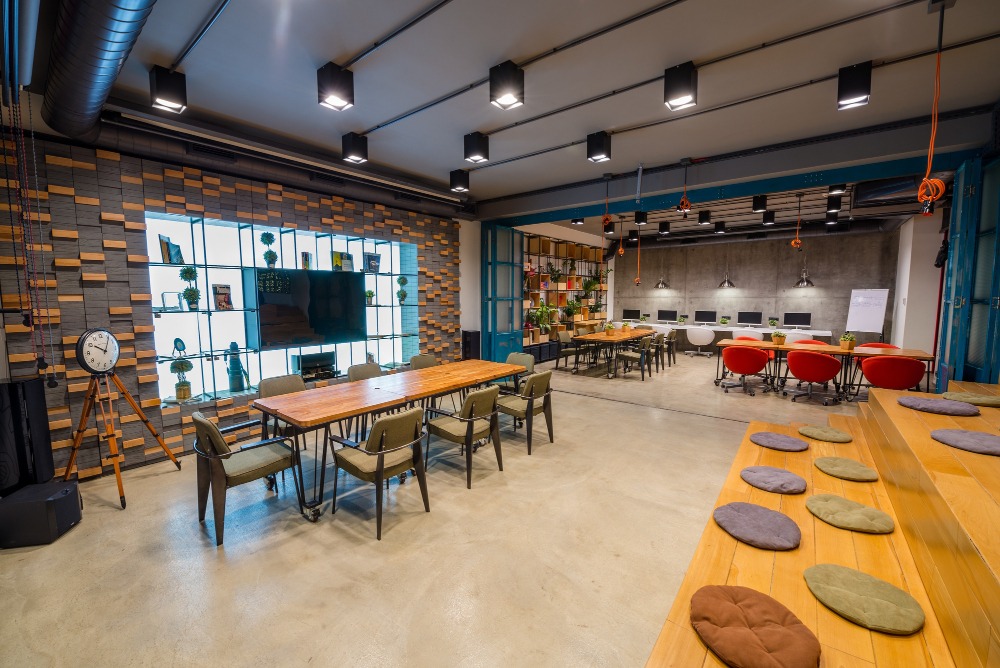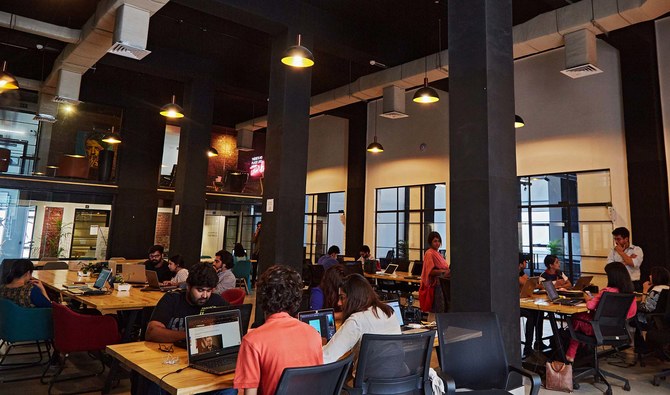The growing trend of moving jobs towards remote work has not only significantly changed the candidate’s life cycle but also brought about a host of benefits. It has revolutionized the way companies attract, recruit, onboard, and retain employees. To adjust to this shift in work practices, organizations must revamp their hiring processes to manage remote candidates well, opening up new possibilities and opportunities.
In this article, we explore all the stages of the candidate life cycle in a remote work setting, providing valuable insights and actionable strategies for effectively engaging with candidates at every phase.
1. Attraction: Building a Remote-Friendly Employer Brand
In a remote work environment, your brand image as an employer should focus on your commitment to remote work. Showcase your remote work policies, flexible hours, and the tools you provide for remote collaboration. Use your website, social media, and job postings to convey this message.
Leveraging Online Platforms
Platforms like LinkedIn, Glassdoor, and Indeed help reach a broader audience. Participating in remote work forums and online communities to attract potential candidates who are specifically looking for remote opportunities is usually feasible.
Showcasing Company Culture
Create content that highlights your company culture, even in a remote setting. Use videos, blog posts, and testimonials from current remote employees to show what it’s like to work at your company.
2. Recruitment: Adapting Hiring Processes for Remote Candidates
Virtual Job Fairs and Networking Events
Make it a policy to participate in virtual job fairs and networking events that suit your business’s candidate needs. These can effectively reach a wider pool of candidates without geographical limitations.
Optimizing Job Descriptions
Cross-check all job descriptions to ensure they clearly state that the position is remote and outline any specific requirements for remote work, like a stable internet connection or familiarity with particular collaboration tools.
Streamline the Application Process
Make the application process straightforward, practical, and user-friendly. Use online application systems that are optimized for mobile devices, allowing candidates to apply easily from anywhere.
3. Selection: Conducting Effective Remote Interviews
Utilizing Video Interviews
Video interviews are essential in a remote work environment. Use platforms like Zoom, Microsoft Teams, or Google Meet to conduct interviews. Prepare structured interview guides to ensure consistency.
Assessing Remote Work Skills
Evaluate candidates’ ability to work independently, manage time effectively, and use remote collaboration tools. Consider using online assessments or project-based tasks to gauge these skills.
Ensuring a Positive Candidate Experience
Communicate clearly and frequently with candidates throughout the selection process. Providing detailed information about the interview process, timelines, and next steps is crucial to ensuring a positive candidate experience and instilling confidence in your organization.
4. Onboarding: Creating a Seamless Remote Onboarding Experience
Digital Onboarding Programs
Businesses must roll out a comprehensive digital onboarding program with virtual orientation sessions, online training modules, and access to necessary resources and tools for remote employees. This ensures that new hires feel secure and well-prepared for their roles.
Assign Remote Mentors
It’s a good strategy to pair new hires with remote mentors or have a buddy system so that they can get guidance through their first few weeks. This helps new employees feel connected and, more importantly, supported.
Building a Sense of Belonging
Foster a sense of belonging by organizing virtual meet-and-greet sessions, team-building activities, and regular check-ins with managers.
5. Career Development: Supporting Continuous Learning and Growth
Offering Online Training and Development
Provide access to online courses, webinars, and virtual workshops to support continuous learning and professional development. Platforms like Coursera, Udemy, and LinkedIn Learning can be valuable resources.
Setting Clear Goals and Expectations
Establish clear goals and expectations for remote employees. Use performance management tools to track progress and provide regular feedback.
Encouraging Career Progression
Create clear pathways for career progression within the company. Offer remote employees opportunities for promotions, new roles, or participation in special projects.
6. Retention: Keeping Remote Employees Engaged and Satisfied
Maintaining Open Communication
Encourage open communication and engagement through regular team meetings, one-on-one check-ins, and virtual office hours. Standard collaboration tools like Slack or Microsoft Teams help you stay connected with colleagues and team members. However, bear in mind that all jobs have different requirements, so do not apply a one-size-fits-all approach.
Recognizing and Rewarding Achievements
Recognize and reward remote employees’ achievements through virtual recognition programs, bonuses, or other incentives. Celebrate important milestones and work successes to boost morale.
Promoting Work-Life Balance
Promote work-life balance by encouraging employees to take breaks, set boundaries for work-related communications, and use their vacation time. Offer wellness programs and resources to support their overall well-being.
Conclusion
The candidate life cycle in a remote work setting necessitates a strategic shift in how companies attract, recruit, onboard, develop, and retain remote employees. By embracing digital tools, fostering a robust remote culture, and supporting ongoing learning and development, organizations can create a positive experience for remote candidates and employees.
The candidate life cycle in a remote work setting necessitates a strategic shift in how companies attract, recruit, onboard, develop, and retain remote employees. By embracing digital tools, fostering a robust remote culture, and supporting ongoing learning and development, organizations can create a positive experience for remote candidates and employees.

Sadia Zaheer holds a Masters in Business Administration from IBA, Karachi. After working in several financial institutions in Client Management, Corporate Lending, Islamic Banking and Product Management she jumped careers to pursue a career in writing.
She is a Finance, Business and HR Development writer with four years of experience. She reads a lot and takes care of her multiple cats to remain calm.



